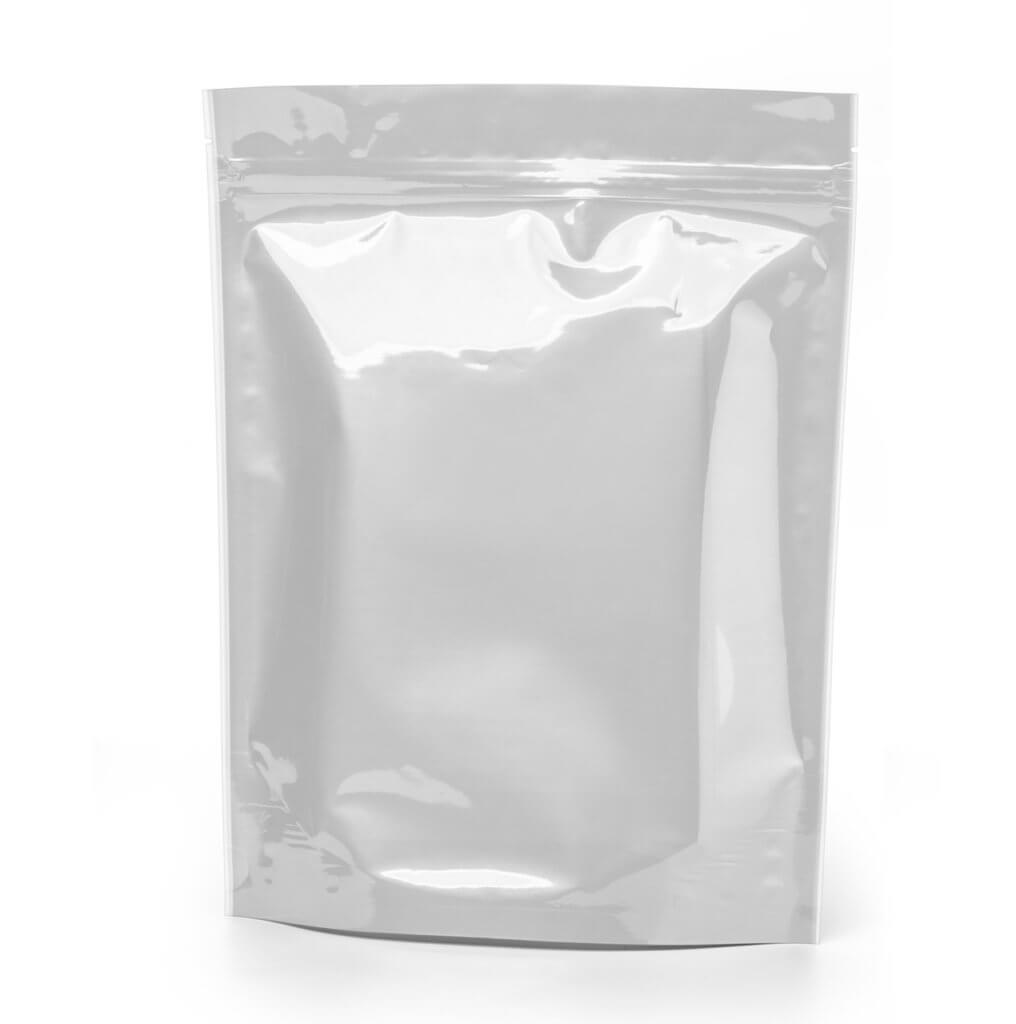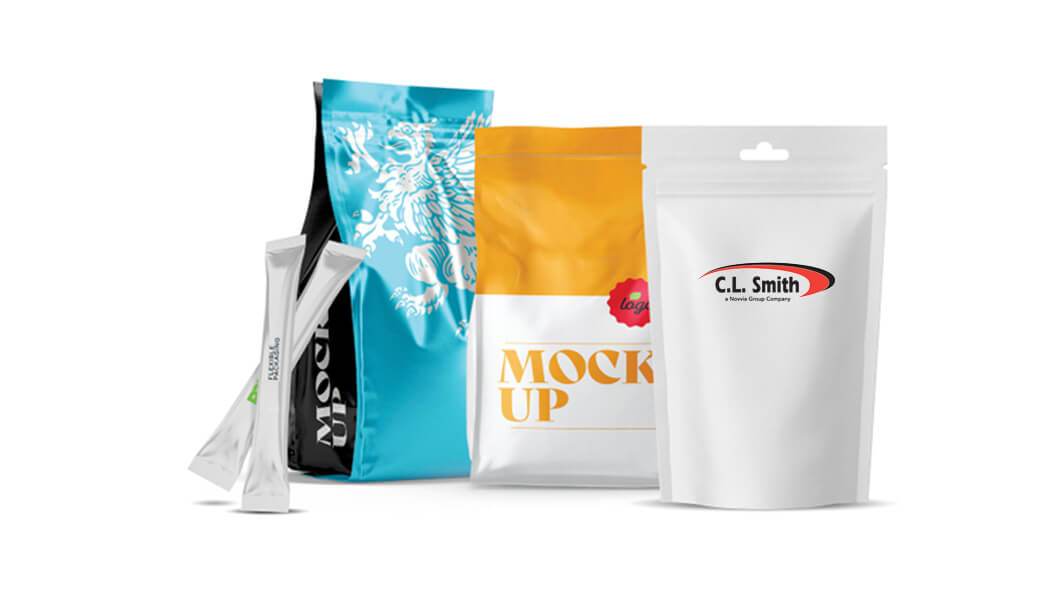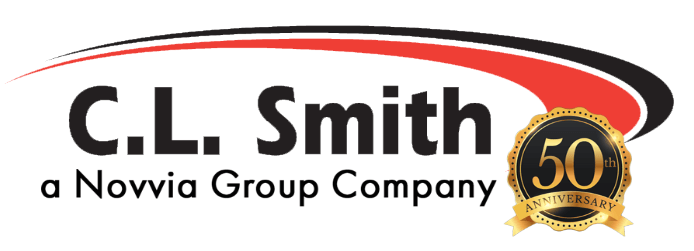
C.L. Smith offers Flexible Packaging Solutions with a variety of customizable options. Our relationship with a domestic manufacturing partner ensures reduced lead times, improved logistics, and fast turnaround & sampling for new product development.
Now serving a variety of markets with a wide range of products such as:
- Controlled Atmosphere Packaging for Processed & Fresh Food Products
- FDA Approved, Self Supporting, Flat & Multi-Compartment Pouches
- Form, Fill & Seal Rolls
The Advantages of Flexible Packaging Solutions
Print on Demand Technology
Flexible packaging provides the opportunity to adjust print volume based on consumer demand and market trends. Digital printing eliminates long lead times and costly plate changes and wasted packaging inventory. Flexibles are the optimal choice for new product launches or limited run quantities.
Packaging & Print Customization
Flexible packaging allows for fully customized packaging and printing design. Branding and personalization with high-resolution graphics and images for standout consumer packaging.
Environmental Sustainability
Most commonly, flexible packaging minimizes product waste and sends less material to landfills, needs less energy to manufacture, and takes up less space than rigid containers during transportation. That makes flexible packaging the ideal sustainable packaging option.

Flexible Packaging Vs. Rigid Packaging
Weight & Size
Rigid packaging is heavier than flexible packaging due to the dense materials in corrugated boxes, tin cans, glass, or plastic bottles. However, rigid packaging offers protection from the deformation of inner contents while flexible packaging solutions are flat and can bend easily, and can be bundled together to save space.
Durability & Barriers
Rigid packaging is superior when it comes to protecting its contents, but it is susceptible to external deformities. Flexible packaging does not dent or deform and is less likely to suffer from scratches.
Products that are considered fragile are typically in rigid packaging with protective properties such as styrofoam or air pillows. While this type of packaging has a higher price point, it is a fraction of the actual product cost. Meanwhile, flexible packaging is a low-cost packaging solution and is often used in the food and cosmetic industries.
Branding & Customization
Flexible packaging is fully customizable with multiple printing options as well as customized shapes and sizes to ensure product differentiation on the shelf. Rigid packaging can be branded, however, it is more costly. Printing is often added via a label and then adhered to the package for additional costs.
Need More Information?
Please contact one of our Packaging Specialist experts for help with all of your Performance, Regulatory, or any other needs related to custom or stock packaging!
(800) 264-1202 | office phone number
Email Us | through our online form


